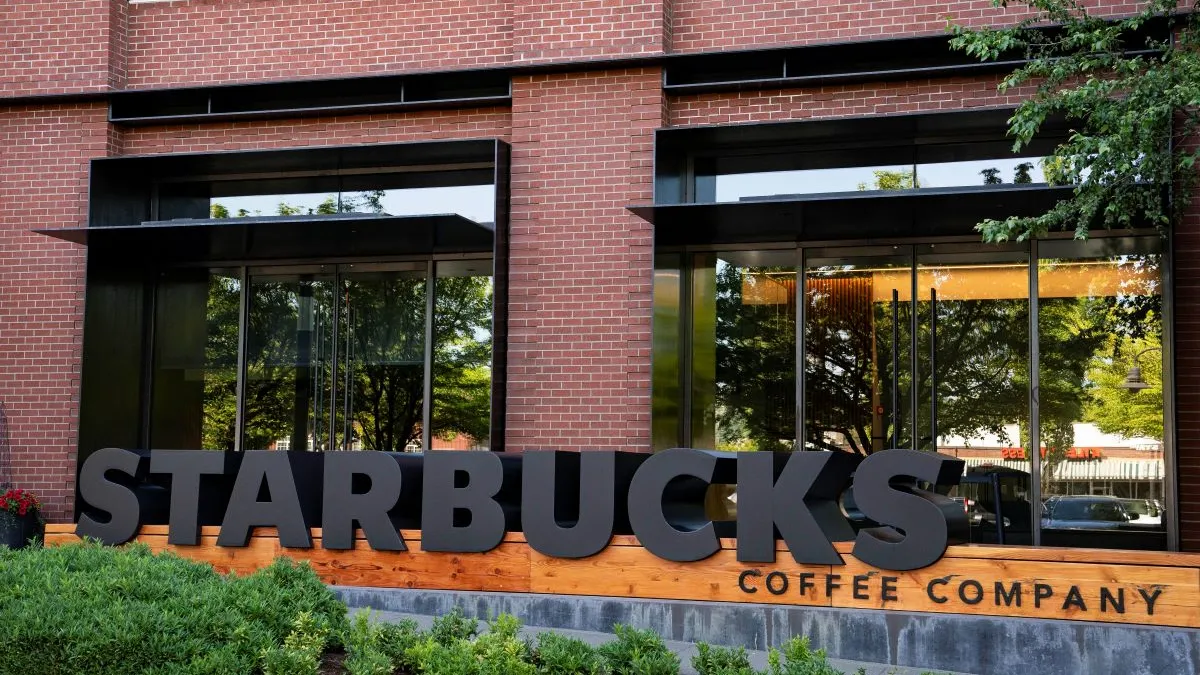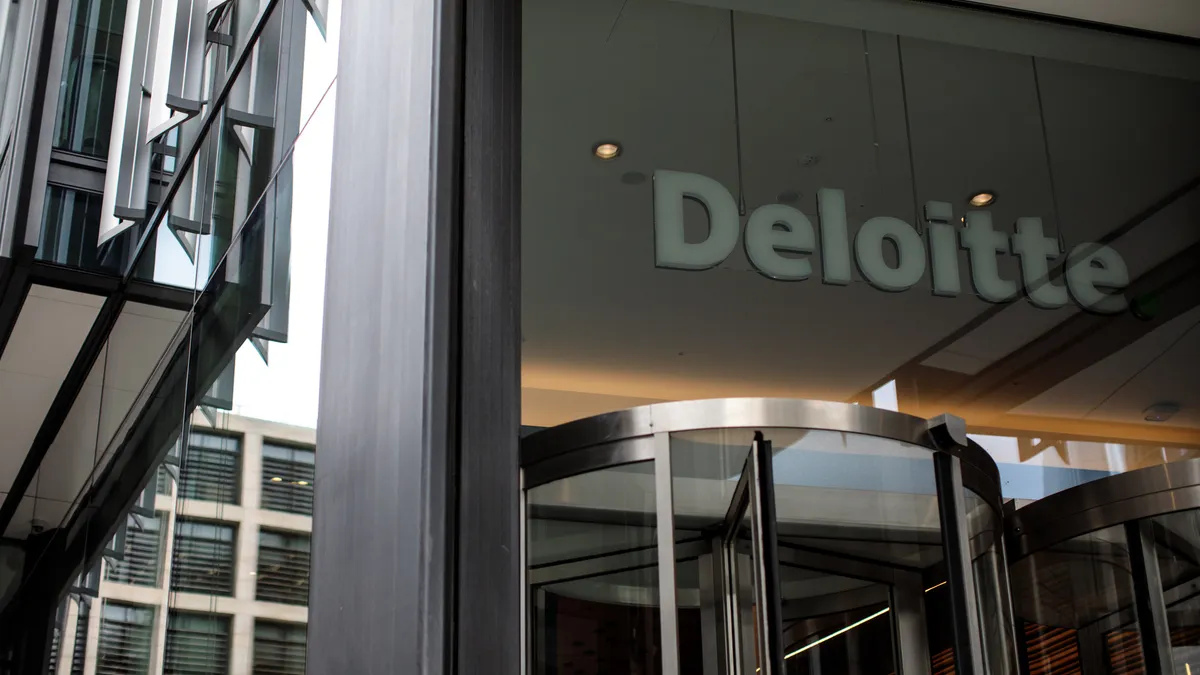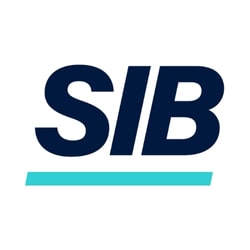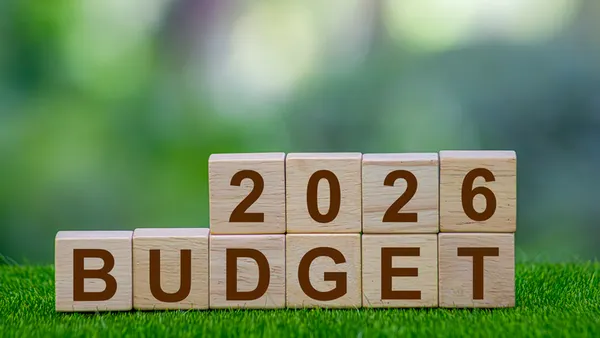Dive Brief:
- Consumer confidence slumped in September to a five-month low on anxiety about persistent inflation, the softening job market and the economic outlook, the Conference Board said Tuesday.
- The share of consumers saying jobs are plentiful fell to 26.9% in September from 30.2% while the portion saying jobs are hard to get remained at 19.1%, signalling slowing payroll growth, according to economists. The share of households who expect business conditions to improve fell, while inflation regained its top position as the leading factor shaping consumers’ view of the economy, the Conference Board said.
- “Consumers’ assessment of business conditions was much less positive than in recent months, while their appraisal of current job availability fell for the ninth straight month to reach a new multiyear low,” Stephanie Guichard, senior economist for global Indicators at the Conference Board, said in a statement.
Dive Insight:
The gloomy view of households toward the job market aligned with a government report Tuesday showing that hiring in August, at 5.1 million, and the rate of hiring, at 3.2%, were little changed compared with July.
“The job market has been frozen for close to a year now and it appears to be getting worse for job seekers,” Navy Federal Credit Union Chief Economist Heather Long said in a statement. Unemployment edged up 0.1 percentage point in August to 4.3%.
“Americans feel stuck in this economy without job opportunities or hopes of buying a home,” she said. Rising household concerns about inflation and job availability “could start to impact spending, especially on vacations and discretionary spending.”
So far, households are not cutting back.
Consumer spending rose 0.4% in August, the same pace as July, although the Federal Reserve’s preferred inflation gauge — the personal consumption expenditures price index minus volatile energy and food prices — remained at a 2.9% annual rate, the Bureau of Economic Analysis said Friday.
The economy also shows signs of resilience.
The Federal Reserve Bank of Atlanta on Friday raised its forecast for third quarter economic growth to 3.9%, on an annual basis, from 3.3% on Sept. 17.
Still, data reveal a “marked cooling” in economic growth since 2024, Fed Vice Chair Philip Jefferson said Tuesday, noting that the central bank faces a growing challenge to meet its congressional mandate of ensuring stable prices and full employment.
“Employment growth has slowed because of weaker growth in labor supply and a softening in labor demand,” he said in a speech.
“Meanwhile, higher tariffs are showing through to higher inflation for some goods,” Jefferson said. “I expect that the effects of tariffs on inflation, employment and economic activity will further show through in coming months.”
The central bank on Sept. 17, citing weakness in the job market, trimmed the federal funds rate by a quarter percentage point to a range between 4% and 4.25% in the first reduction to borrowing costs this year.
Fed officials, in a median estimate, forecast that they will make two, quarter-point reductions in the main interest rate before the end of this year.
“It may be appropriate to ease the policy rate a bit further this year, but the data will have to show that,” Boston Fed President Susan Collins said Tuesday.
“In this highly uncertain environment, I do not rule out scenarios featuring higher and more persistent inflation, more adverse labor market developments — or both,” she said.














